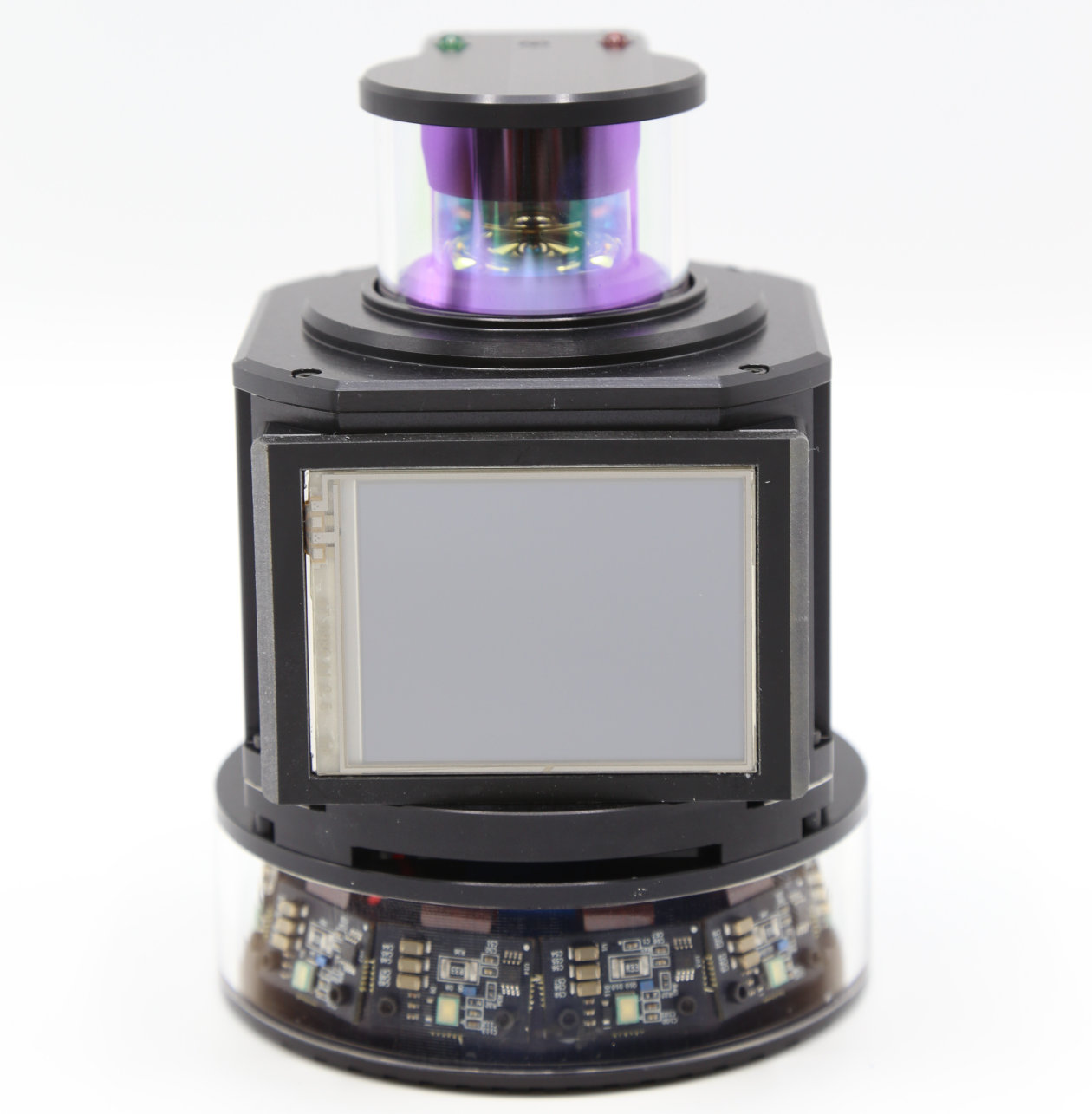Labor shortages, a rapidly growing e-commerce industry and an increased focus on safety in the workplace are driving massive growth in the Autonomous Mobile Robot (AMR) and Automatic Guided Vehicle (AGV) markets. AMRs and AGVs use various navigation methods to move materials autonomously in warehouses, manufacturing facilities and even offices. Jabil and ams OSRAM are rapidly advancing the robotic vehicles’ guidance systems by providing accurate and cost-effective 3D sensing and LiDAR technology. Jabil’s Omnidirectional Sensor uses Time-of-Flight (ToF) to safely guide vehicles on their paths and around obstacles without the need to modify a facility with magnetic tape, tags, transponders or reflectors in facilities.

Details:
Category: Industrial Robots
Location: USA
Technology/Services: VCSEL
Year: 2021
Jabil, a US-based manufacturing solutions provider with over 260,000 employees, built the world’s first Omnidirectional Sensor based on ToF to see 360 degrees around the robotic vehicle. In order to detect all obstacles both on the ground and in the air, Jabil needed to use high-power Vertical Cavity Surface Emitting Lasers (VCSELs) to appropriately illuminate the surroundings. The company selected ams OSRAM’s Bidos VCSEL product.
“We required a high-quality VCSEL because obstacles must to be detected in a very short period of time - only nanoseconds,” said Ian Blasch, Sr. Director of Business Development at Jabil. “The Bidos VCSEL product was so impressive that we didn’t need as aggressive of a calibration. It provided a very repeated pattern with no variance across all apertures.”
ams OSRAM worked with Jabil to develop a customized Bidos 850nm VCSEL for the Omnidirectional Sensor. The VCSEL emits infrared light, which reflects off objects and is registered by a detector in the lens. The distance of the object is determined by the time it takes the light beam to reach the object and return. This information is processed and then triggers a corresponding action such as maneuvering around the obstacle to avoid collisions.
“After reviewing offerings from several companies, we found that ams OSRAM’s solution was ideal based on its technical specs such as the wavelength and integrated diffusor with appropriate field of view,” said Blasch. “It was also the customer support, tech development, willingness to jump in and help do some thermal analysis. Because this was a first prototype, we wanted to work with a partner that could adapt the integrated diffusor or integrate a diode for eye safety.”
The innovative Omnidirectional Sensor was designed to reduce the number of independent sensors required for object detection and collision avoidance on robotics, autonomous vehicle, and drone platforms. This sensor is just the beginning for Jabil and ams OSRAM.
“We are looking forward to working with ams OSRAM in the future on other projects. We need depth sensing to see the world and provide these types of platforms with the data they need,” said Blasch. “We want to work with companies that are committed to research and development and understand that the right solution may not be available today but could be in the future.”
“ams OSRAM’s industrial sensing solutions give customers a competitive advantage because of our deep understanding of the applications,” said Dominik Schulten, Segment Manager of VCSEL Industry, AR/VR at ams OSRAM. “Industrial sensing is just the beginning. VCSELs provide wavelength stability, temperature and fast modulation that can be used in countless other applications.”












